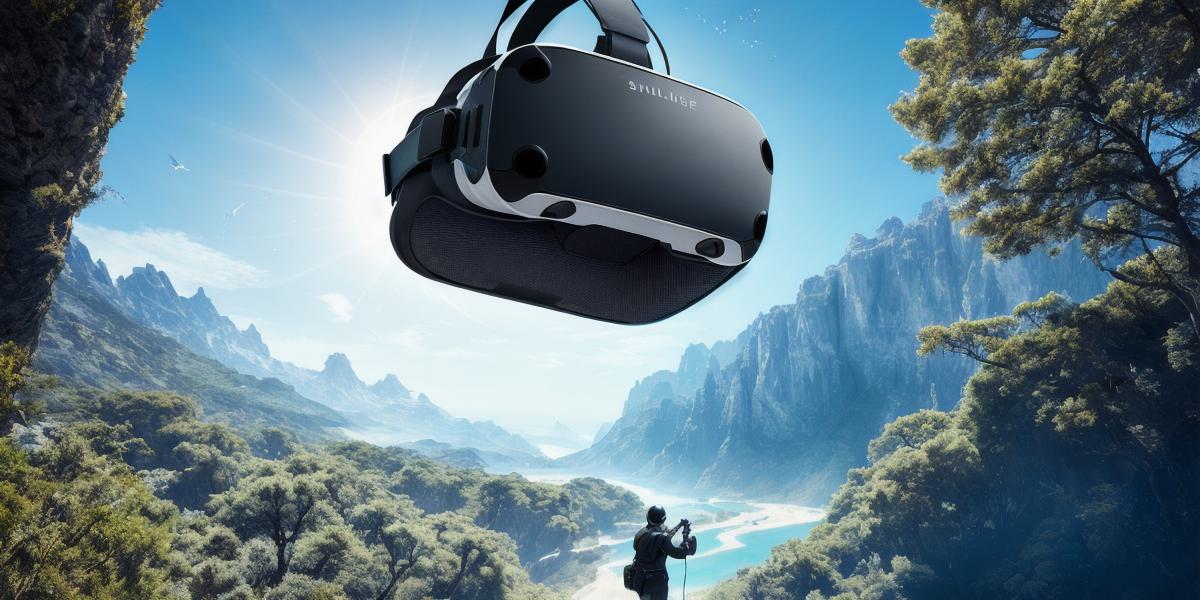Virtual reality (VR) is a rapidly growing technology that has the potential to revolutionize the way we interact with the world around us. From gaming to education, healthcare to tourism, VR offers endless possibilities for simulated reality developers to create immersive and engaging experiences. In this article, we will explore some of the exciting possibilities of the VR future and discuss how it is transforming industries around the world.
1. Gaming
Virtual reality gaming has already taken off in a big way, with more than 50 million people owning a VR headset worldwide. Games like Beat Saber, Half-Life: Alyx, and Tetris Effect have become critically acclaimed for their immersive and engaging gameplay. In fact, VR gaming has been shown to increase feelings of presence and excitement in players, making it an ideal medium for creating truly immersive experiences.
2. Education
Virtual reality is also being used increasingly in education, as a way to provide students with immersive and interactive learning experiences. From virtual field trips to historical sites like the Colosseum or the Great Barrier Reef, to virtual simulations of scientific experiments, VR offers a unique opportunity for students to learn in a way that is both engaging and effective.
3. Healthcare
Virtual reality is being used in healthcare to treat a wide range of conditions, from anxiety disorders to chronic pain. For example, VR therapy has been shown to be effective in treating PTSD in veterans, while virtual reality simulations can be used to help patients with phobias or anxieties confront their fears in a safe and controlled environment.
4. Tourism
Virtual reality is also being used in the tourism industry, allowing people to explore destinations around the world without ever having to leave their homes. From virtual tours of famous museums like the Louvre or the British Museum, to virtual safaris in Africa or virtual dives in the Great Barrier Reef, VR offers a unique opportunity for people to experience the wonders of the world in a way that is both immersive and accessible.
5. Architecture
Virtual reality is being used increasingly in architecture, as a way to design and visualize buildings and structures in a more efficient and effective way. For example, architects can use VR simulations to test different designs and materials, or to simulate how a building will look and function in different lighting conditions.
Conclusion
The possibilities of the virtual reality future are endless, from gaming and education to healthcare and tourism. With advancements in technology and increasing adoption rates, VR is poised to transform industries around the world in ways we can only begin to imagine. As simulated reality developers, it is up to us to harness the power of VR and create experiences that are both immersive and engaging. Whether you are a gamer or an architect, the future of virtual reality is exciting and full of possibilities.
